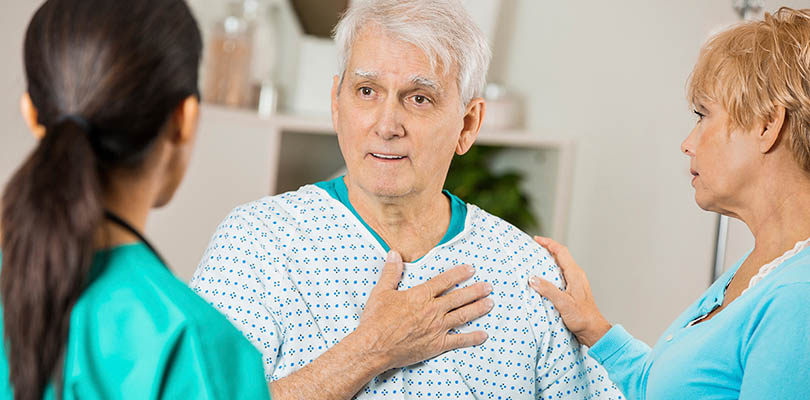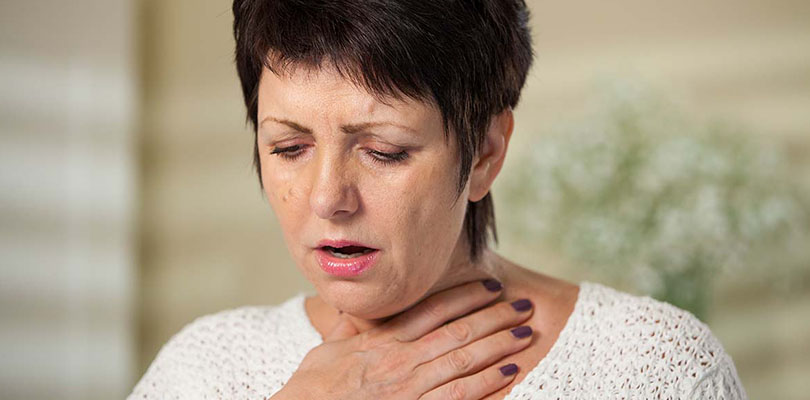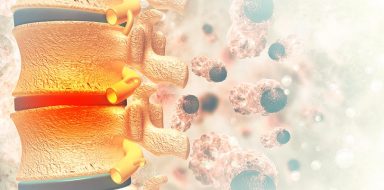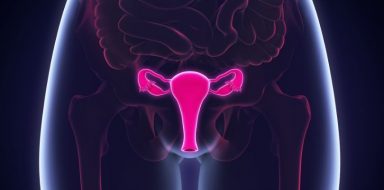Carcinoid Tumor Symptoms You Need to Know
Carcinoid symptoms may be difficult to identify, which can be attributed to the rare occurrence of the syndrome. There are cases where carcinoid tumors have no symptoms and are undetected for a long time. Carcinoid tumor symptoms can start unexpectedly and become serious very quickly.
What Is Carcinoid Syndrome?
Most people with carcinoid syndrome have advanced cancer. Carcinoid syndrome is found in those who have a cancerous tumor that spreads (metastasizes) to the liver. Based on the location of the liver, carcinoid syndrome usually occurs nearby, in the gastrointestinal tract or the lungs.
The syndrome appears when a carcinoid tumor secretes certain hormones, such as serotonin and histamine, into your bloodstream. These chemicals are generally nullified by the liver before they get the opportunity to spread throughout the body; however, if liver function is compromised, it may not neutralize the chemicals prior to reaching the bloodstream resulting in carcinoid syndrome.
Carcinoid Tumor Symptoms
Symptoms of carcinoid syndrome may be different depending on which hormone the tumor makes, and the area of the body affected as a result. Here are the eight most common carcinoid tumor symptoms:
Skin Flushing
Flushintheis he most common symptom of carcinoid syndrome and likely one of the first symptoms that you will notice. The skin colour of your face, head, back of the neck, and upper chest changes to a pink or purple hue.
This symptom lasts from a few minutes to several hours and causes these areas to feel hot. Flushing is generally dry, but some people have experienced wet flushing if the body starts to sweat. Also, it can be the result of stress, exercise, drinking alcohol, eating spicy food or large meals, and sometimes flushing happens for no reason whatsoever.
Skin Spots
After prolonged flushing, small, purple veins can appear on your face, neck, and chest; this is called telangiectasia. The blood vessels in the outer layer of skin are dilated, which gives the appearance in the outer layer of skin.
These spots or veins are not indicative of a vein disorder; this symptom is only treated directly for cosmetic purposes. These spots are in the same family as spider veins that appear on the legs.
Diarrhea
Watery stools may be an indicator or carcinoid syndrome in the bowel and is a common carcinoid symptom. There is a frequent and urgent need to use the washroom. Abdominal cramps may accompany this symptom.
This symptom may be quite severe, and diarrhea may happen upwards of 15 times a day. In later stages, diarrhea may cause the body to lose essential nutrients, like water and potassium, throwing the electrolytes out of balance. If this is one of your symptoms, drink often to avoid dehydration.
Carcinoid Heart Disease
Heart valvular lesions are one of the more serious symptoms a person with carcinoid syndrome experiences. Carcinoid tumors may send out hormones that thicken the lining of the heart chambers, valves, and blood vessels.
Excess serotonin in the bloodstream injures the vales of the heart. A cardiac disease develops in some people diagnosed with carcinoid syndrome which may be controlled with medication, but in some cases, requires surgery.
People diagnosed with lung cancer may experience the following signs or symptoms of the condition. Learn more about the lung cancer symptoms here.
Weight Fluctuations
You may experience unexpected weight loss or weight gain. If the carcinoid tumor affects your digestive tract, you may not feel hungry or able to eat much.
In addition, you may have diarrhea, which doesn’t give your body the best chance to absorb the nutrients and minerals it needs. There may also be an issue that occurs with your thyroid as a result of hormone imbalance, resulting in hypothyroidism.
Fatigue
It is no surprise that cancer causes fatigue and carcinoid syndrome is no exception. There are changes in your body that lead you to feel run down and exhausted. Your cancer may release cytokines, which contribute to fatigue.
Additionally, as carcinoid syndrome affects the hormone balance in the bloodstream, anemia may result if damage occurs to too many red blood cells.
Diet and eating frequency may also play a part, as you may not be absorbing all the nutrients your body requires to fire on all cylinders. Other factors that contribute to fatigue are medications, pain, lack of exercise, and stress or anxiety.
Hypotension
A decrease in blood pressure could be one symptom you experience and can accompany episodes of flushing. If your blood pressure becomes too low, fainting can be the result. If your blood pressure fluctuates, it may cause dizziness. The change in blood pressure may be triggered by anesthetic; be sure to talk to your doctor if you feel light-headed.
Breathing Difficulty and Cough
If the carcinoid syndrome manifests in the lungs, you may experience symptoms that mirror asthma. Shortness of breath and wheezing may happen at the same time as skin flushing. Breathlessness, pain in the chest, and a persistent cough may all be indicators of carcinoid syndrome.
You may also experience chest infections that do not respond to antibiotic treatment. In some cases, hemoptysis is the result where you start to cough up blood. If you experience issues breathing, see your doctor for treatment.
The Bottom Line...
Treatment for carcinoid syndrome typically involves treating the cancer itself, either through tumor removal or using medications. If you experience any symptoms of carcinoid syndrome, see your doctor; they will help you come up with a treatment plan to help you manage your carcinoid tumor symptoms.







